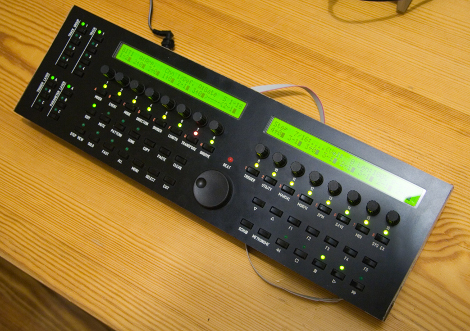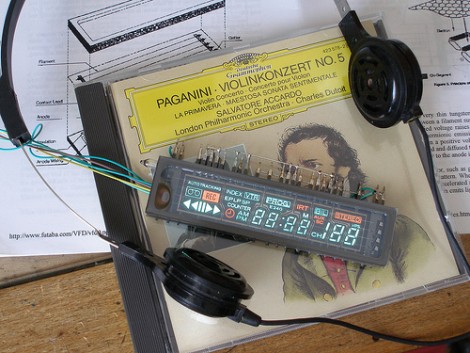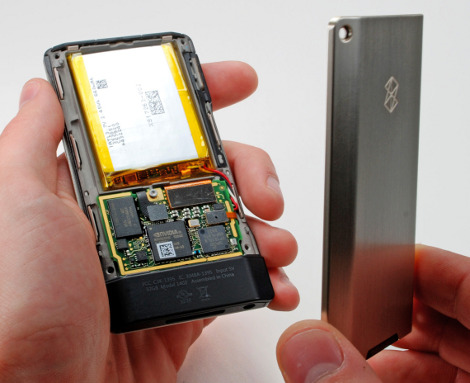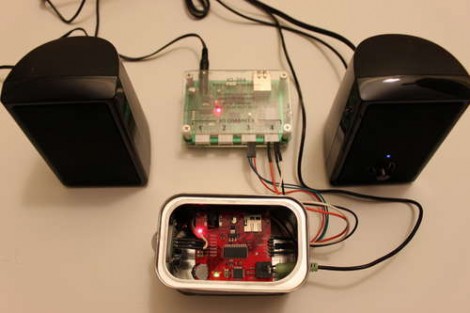[youtube=http://www.youtube.com/watch?v=i7AfiCQQ4nE]
The MIDI piano instructor is a tool aimed at those who wish to learn to play piano, but don’t want to take lessons. The LED bar mounted above the keys lights up to show you exactly what key to press and when. We’ve seen this available in some electronic keyboards for some time, but this unit would be able to fit any standard sized keyboard. Check the page for schematics and pictures.
[via Flickr]















